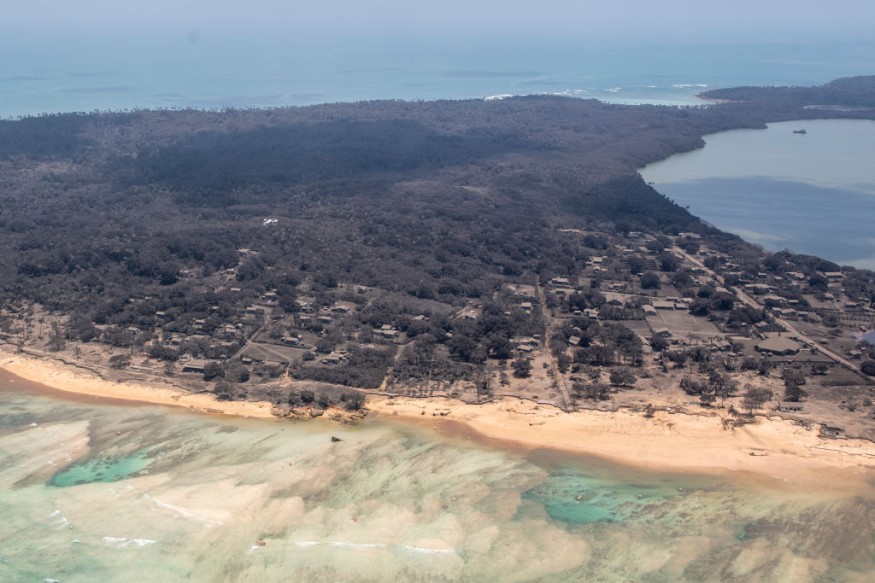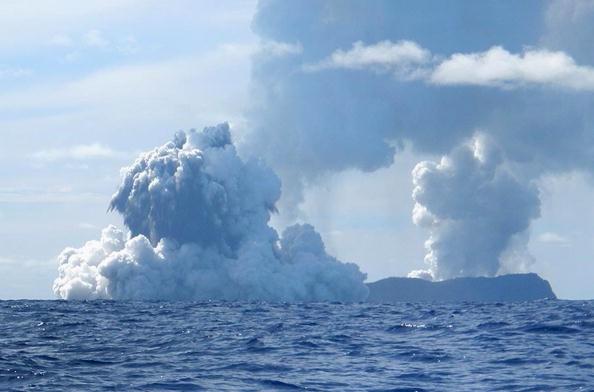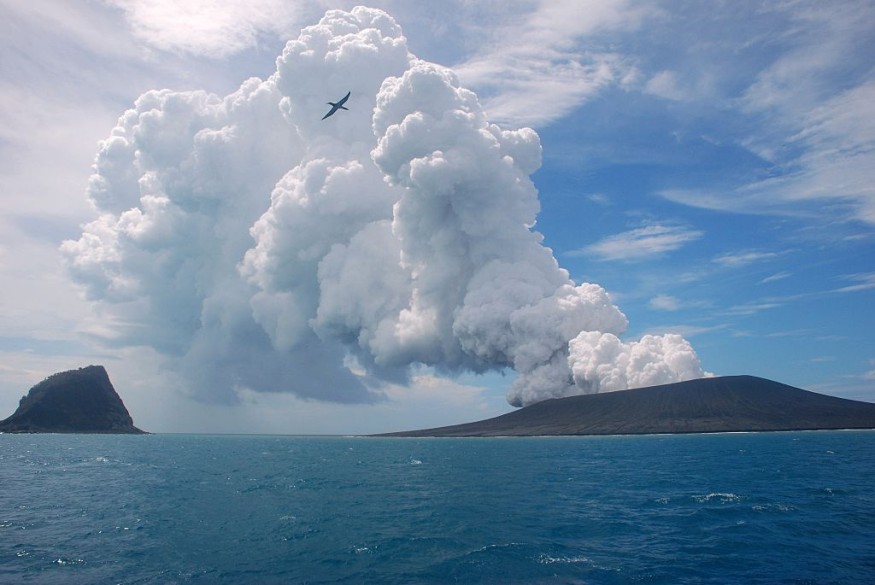Tonga's population has suffered a huge disaster due to a volcanic eruption and following tsunami on the South Pacific island country. On January 15, 2022, the volcano that had been erupting since December 2021 burst spectacularly. Hundreds of homes have been demolished in Tonga, which was even shut off from the rest of the world for a while.

Compared to Nuclear Explosions

According to a global group that monitors for atomic testing, the explosive volcanic eruption in Tonga on Saturday is comparable to dwarf, the largest nuclear detonations ever conducted.
The shock wave from the blast was so powerful that it was detected as far away as Antarctica, says Ronan Le Bras, a geophysicist with the Comprehensive Nuclear-Test-Ban Treaty Organization in Vienna, Austria, which oversees an international network of remote monitoring stations, as per WION.
The magnitude of this explosion may be gauged because the tsunami and volcanic ash cloud were seen as far away as Peru, more than 10,000 kilometers across the Pacific Ocean, the Scientific American reported. The eruption of the Hunga Tonga volcano was heard more than 10,000 kilometers away in Canada.
Reaching the Atmosphere

The volcanic explosion has now been shown to have propelled 'atmospheric gravity waves' into space. A NASA satellite picked up on these waves. Around the volcano, the waves projected outwards in concentric spirals.
The international community has hastened to assist the island country. Aid and relief goods have been supplied from Japan and Australia. Drinking water boxes were among the supplies carried into a plane parked on the tarmac of Japan's Komaki base.
On Wednesday (January 19), the Japanese government said that it would donate at least $1 million in relief and drinking water and equipment to help Tonga clear up the volcano ash.
The Red Cross claimed its experts in Tonga had proven that tsunami waves and volcanic ash had contaminated tens of thousands of people's drinking water.
Shocks
Even days after the eruption, Le Bras claims that the network can still detect the faint echo of the shock wave as it orbits Earth's atmosphere.
Le Bras refused to speculate on the extent of the volcanic eruption in Tonga, citing the CTBTO's prohibition on calculating the size of nuclear explosions. Margaret Campbell-Brown, a physicist at the University of Western Ontario in Canada who studies meteors as they enter the atmosphere with infrasound, believes it was as massive as the Soviet test of 50 megatons in 1961.
Read also: Long Valley Supervolcano: World's Most Dangerous Volcano Shows Signs of 'Imminent Eruption'
For similar news, don't forget to follow Nature World News!
© 2025 NatureWorldNews.com All rights reserved. Do not reproduce without permission.





